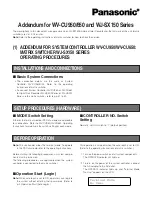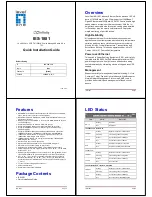
2
To more easily locate log information, save the files to a separate folder for each member device, and
include their member IDs in the folder names.
Table 1 Log and operating information
Category
File name format
Content
Common log
logfile.log
Log messages about command executions, event
occurrences, state changes, and so on.
Diagnostic log
diagfile.log
Diagnostic log messages about device operation,
including the following items:
•
Parameter settings used when an error occurs.
•
Information about a card startup error.
•
Handshaking information between member
devices when a communication error occurs.
Operating statistics
file-basename.tar.gz
IMPORTANT:
Current operating statistics for feature modules,
including the following items:
•
Device
status.
•
CPU
status.
•
Memory
status.
•
Configuration
status.
•
Software
entries.
•
Hardware
entries.
Collecting common log messages
1.
Save the common log messages from the log buffer to a log file.
By default, the log file is saved in the
logfile
directory of the flash memory on each member
device.
<Sysname> logfile save
The contents in the log file buffer have been saved to the file
flash:/logfile/logfile.log
2.
Identify the log file on each member device:
# Display the log file on the master device.
<Sysname> dir flash:/logfile/
Directory of flash:/logfile
0 -rw- 21863 Jul 11 2015 16:00:37 logfile.log
251904 KB total (147468 KB free)
# Display the log file on each subordinate device (subordinate device 2 for example):
<Sysname> dir slot2#flash:/logfile/
Directory of slot2#flash:/logfile
0 -rw- 21863 Jul 11 2015 16:00:37 logfile.log
251904 KB total (147468 KB free)
3.
Transfer the files to the desired destination by using FTP, TFTP, or USB. (Details not shown.)






































